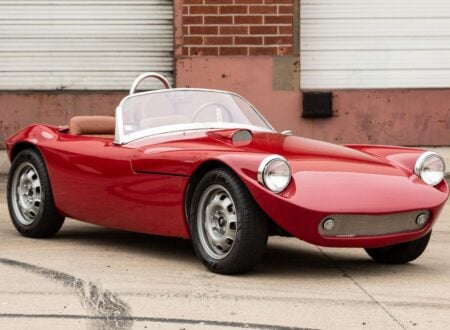“The Vader” is a 1983 Vauxhall Chevette that was stripped back to a bare shell and completely rebuilt – with the final bill coming in well over the price of a brand new Ferrari Portofino M.
The car was built for a client by Retropower Ltd, of Leicestershire, England. This is the same company that was approached by Formula 1 and supercar designer Gordon Murray when he wanted his own Mk1 Escort built – which might be the highest accolade a garage could possibly receive.
Fast Facts – The Vader Vauxhall Chevette
- “The Vader” is a 1983 Vauxhall Chevette, completely rebuilt by Retropower Ltd., featuring a strengthened shell, roll cage, 265 bhp C20XE Redtop engine, and a Quaife six-speed sequential gearbox. It also includes a wide-body kit, alloy wheels, and custom interior.
- The Vauxhall Chevette, introduced in 1975, was a rear-wheel-drive hatchback based on the Opel Kadett C platform. It gained popularity for its rallying success, particularly in its Group 4 racing variants, the Chevette HS and HSR, which featured wide-body kits and more powerful 2.3 liter engines.
- “The Vader” has drawn attention for its meticulous rebuild, including upgraded suspension, spoilers, and gleaming black paintwork that contributed to its nickname. The car was featured on “The Late Brake Show” and is now considered one of the finest examples of a modified Chevette anywhere in the world.
- This unusual Chevette is set to be auctioned by Iconic Auctioneers on February 22nd, with an estimated price of £60,000–£70,000, significantly less than the £200,000+ cost of its build, offering a rare opportunity for collectors and enthusiasts to own a rather unique piece of automotive craftsmanship.
A History Speedrun: The Vauxhall Chevette
The Vauxhall Chevette was a hatchback developed in the early 1970s and released for sale in 1975. It was a little unusual in that it was one of the only hatchbacks of the era that was rear-wheel drive, with most others using a transverse inline four and front wheel drive. The fact that the power was sent to the rear wheels attracted many who preferred this layout, and later rallying versions of the car would snatch wins (and championships) from the venerable Ford Escort.
Above Video: This is the episode of Jonny Smith’s “The Late Brake Show” dedicated to The Vader, the wildest custom Vauxhall Chevette ever built, and probably the most expensive.
The Chevette was based on the Opel Kadett C platform, under parent company General Motors. Other cars that shared this platform would include staple small cars for many world markets including the Isuzu Gemini (Japan), the Holden Gemini (Australia), the Chevrolet Chevette (United States, Canada, Brazil, Colombia, Ecuador, and Argentina), and other Kadett C-based cars in the USA and Canada were rebadged as the Pontiac Acadian/Pontiac T1000.
The core ingredients of the Vauxhall Chevette were nothing particularly special, with independent front suspension, a live axle rear end, a stamped steel unibody shell, and a longitudinal inline-four up front sending power to the rear wheels via a 4-speed manual gearbox.
The above could describe any number of cars from this era, though some achieved mythical status and others are derided even today all these decades later. The key difference seems to have been in the execution of the design – and the engineers behind the Chevette (and the Kadett C platform) nailed the brief.
Not long after the debut of the first model (the two-door hatchback) in 1975, the Chevette became the best-selling British hatchback on the market. It would retain this status for three years until 1978, and even after this time it would remain close to the top of the sales charts.
A four-door sedan version was later offered, as well as a three-door estate version, and a three-door van version for commercial applications. It was clear from the early development of the model that it would have racing potential, particularly in the world of rally, up against similarly-engineered cars like the all-conquering Ford Escort.
The two best-known racing variants were both developed for Group 4 rally, the Chevette HS and later HSR. These cars would need to be homologated, which meant selling a minimum of 400 examples to the general public – all easily distinguished from the regular cars today thanks to their wide-body kits.
They were given a far more powerful 2.3 liter slant-four engine with a 16 valve cylinder head and dual Stromberg carburetors. This engine was good for 135 bhp in street tune. Uprated front and rear suspension were sourced from the Opel Kadett C GT/E, including a new rear axle, and a Getrag five-speed gearbox was added.
The rally versions of the car proved successful, winning against the Escort thanks to the efforts of drivers like Pentti Airikkala, Jimmy McRae, and Tony Pond. The Chevette would win the British Open Rally Drivers’ Championship in 1979, and the British Open Rally Manufacturers’ Championship in 1981.
Today the Vauxhall Chevette remains a respected example from the early history of the hot hatch, and surviving examples are sought out by those who love the styling, the rally history, and the fact that it’s rear wheel drive.
“The Vader” Vauxhall Chevette From Retropower
The car you see here has become well-known in motoring circles thanks to a feature on Jonny Smith’s The Late Brake Show. We’ve embedded the full episode above for those of you who want to watch it, and it is worth the time.
The car was completely rebuilt, the shell was strengthened, a roll cage was added for safety, and a new C20XE Redtop engine was fitted – built by Paul Exon. This engine produces 265 bhp and it sends power back through a Quaife six-speed sequential gearbox.
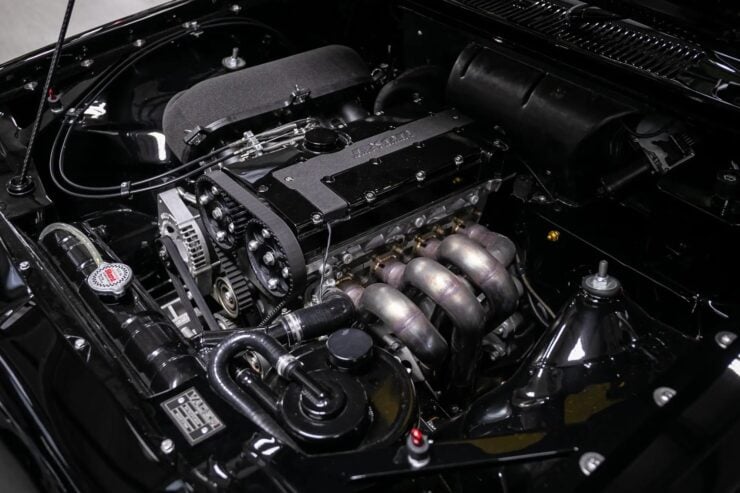

It’s fitted with a wide-body kit, alloy wheels, a front lip spoiler, a discreet rear spoiler, uprated suspension, and a beautifully appointed interior. One look at the black paintwork and the front end of the car is all you need to see to understand why it was nicknamed “The Vader.”
It’s now due to roll across the auction block with Iconic Auctioneers on the 22nd of February with a price guide of £60,000 – £70,000 – far less than the £200,000+ ($250,000+ USD) cost to build it. If you’d like to read more or place a bid you can visit the listing here.




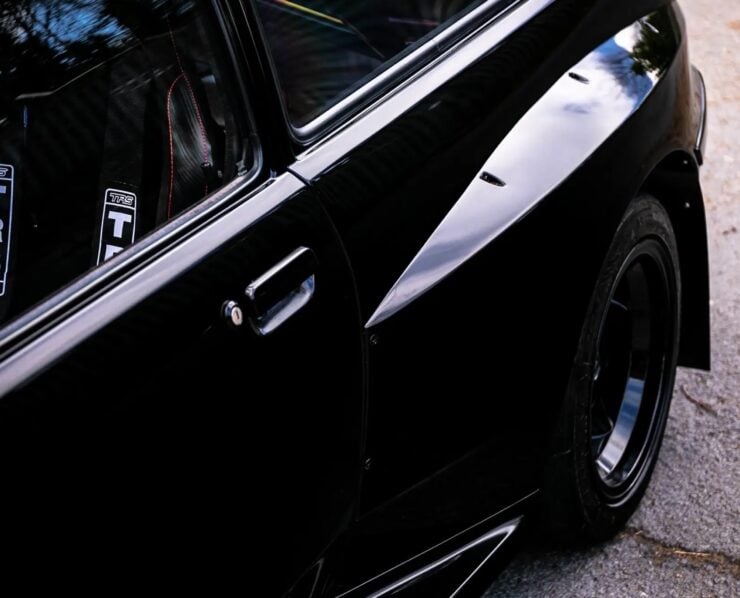




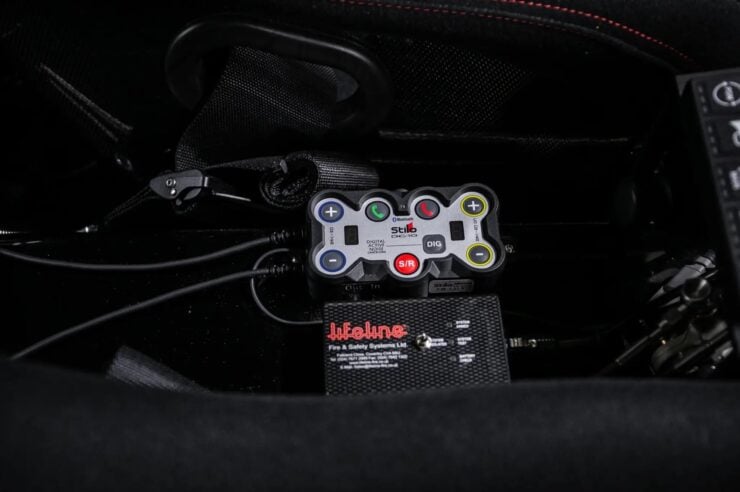



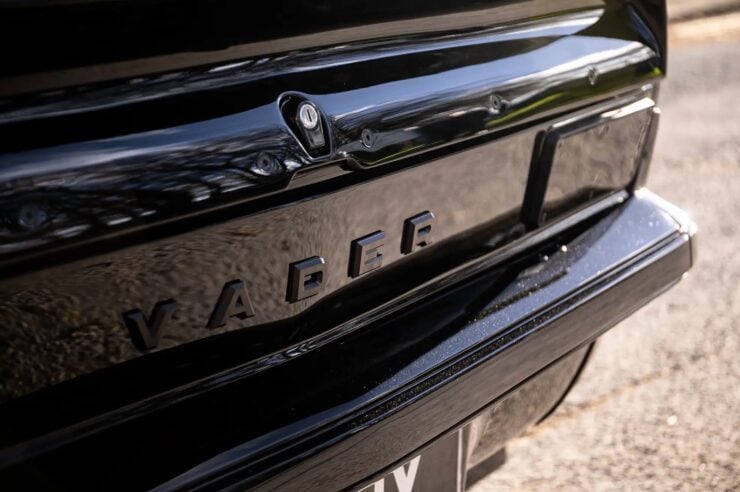





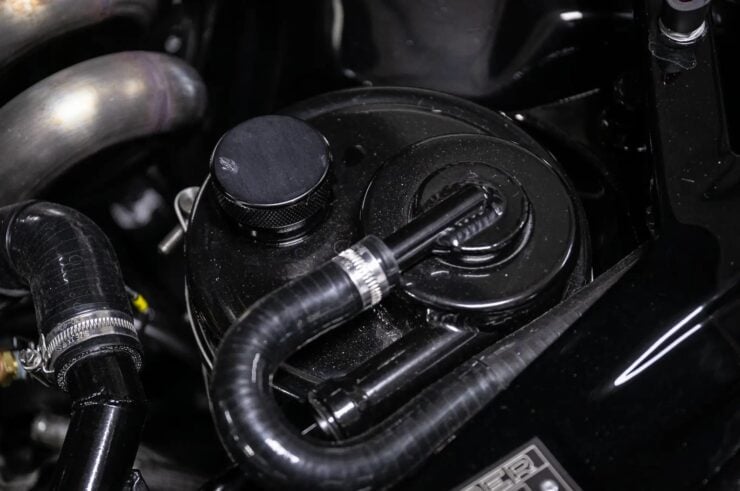


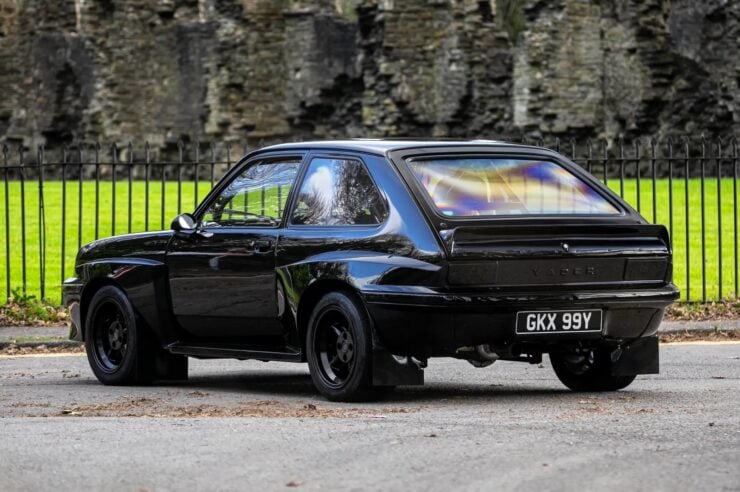

Images courtesy of Iconic Auctioneers









